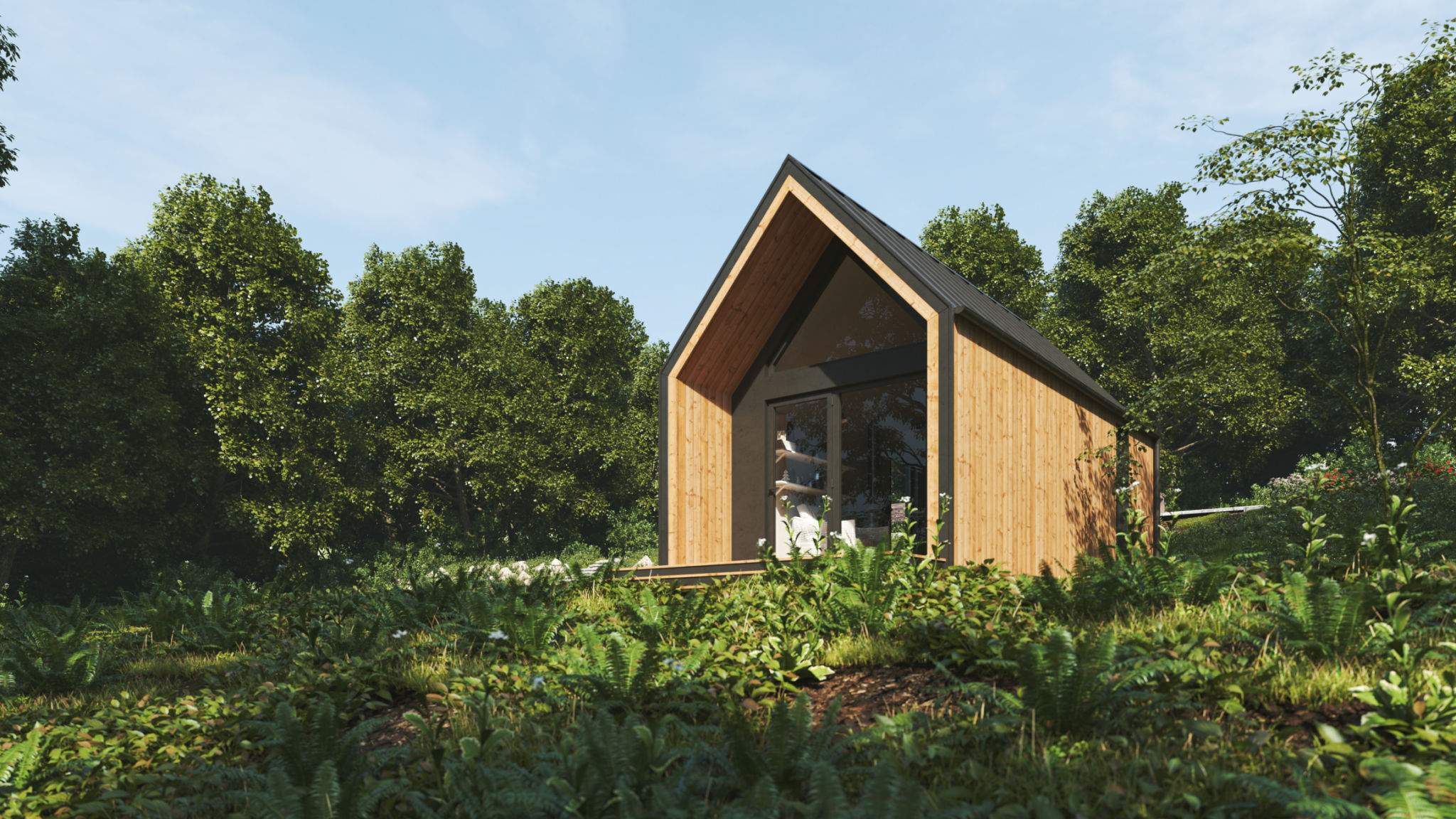Myths and Facts: Debunking Common Misconceptions About Container Homes
ID
Understanding Container Homes
Container homes have gained significant popularity in recent years, but they are often surrounded by a cloud of misconceptions. As a sustainable and cost-effective housing solution, it's crucial to separate the myths from the facts. In this blog post, we will debunk some of the common misconceptions about container homes and provide clarity on what they truly offer.

Myth: Container Homes Are Not Durable
One prevailing myth is that container homes lack durability. In reality, shipping containers are designed to withstand harsh conditions at sea, making them incredibly robust. These steel structures are built to last and can resist extreme weather conditions, including hurricanes and earthquakes.
When properly maintained and reinforced, container homes can offer long-term stability and reliability, just like traditional homes. They are not only durable but also adaptable, allowing homeowners to modify and strengthen them according to specific needs.
Fact: Container Homes Are Eco-Friendly
One of the most attractive features of container homes is their eco-friendliness. By repurposing used shipping containers, these homes contribute to recycling efforts and reduce waste. Additionally, container homes often use fewer building materials compared to conventional homes, minimizing their environmental impact.

Furthermore, container homes can be designed with sustainability in mind, incorporating solar panels, rainwater harvesting systems, and energy-efficient insulation. This makes them an excellent choice for those committed to reducing their carbon footprint.
Myth: Container Homes Are Cold and Uncomfortable
A common misconception is that container homes are cold and uncomfortable due to their metal structure. However, with proper insulation and ventilation, container homes can provide a comfortable living environment year-round. Modern insulation materials can keep the interior warm in winter and cool in summer.
Additionally, clever design solutions such as skylights, large windows, and strategic ventilation can enhance the comfort level inside a container home, making it as cozy as any traditional dwelling.

Fact: Container Homes Are Customizable
Another important fact about container homes is their high level of customizability. Homeowners can choose from a variety of layouts and designs, adapting the space to suit their personal preferences. Whether you desire an open-plan living area or multiple small rooms, container homes can accommodate your vision.
This flexibility allows for creative solutions in both urban and rural settings. With thoughtful planning and design, container homes can be tailored to fit various lifestyles and needs.
Myth: Container Homes Are Cheap and Low-Quality
While it's true that container homes can be more affordable than traditional homes, this does not mean they are low-quality. The cost-effectiveness comes from the reuse of materials and the efficiency of the construction process. However, quality is maintained through careful planning and execution.
Investing in quality materials for insulation, plumbing, and electrical systems ensures that container homes meet high standards of living. As with any construction project, the final quality largely depends on the expertise of the builders and designers involved.
Conclusion: Embracing the Future of Housing
Container homes represent a modern approach to housing that challenges conventional norms. By debunking these myths, we hope to shed light on the true potential of container homes as durable, eco-friendly, comfortable, customizable, and quality living spaces. As more people explore this innovative housing solution, it's essential to base decisions on facts rather than misconceptions.

